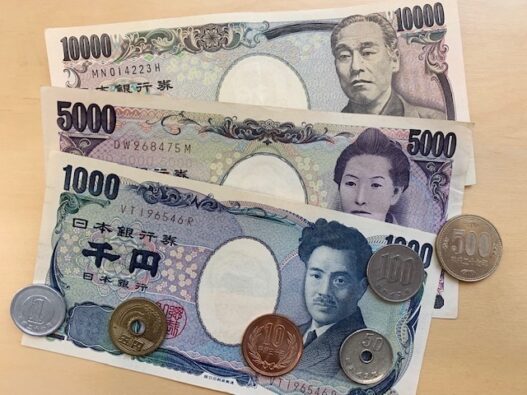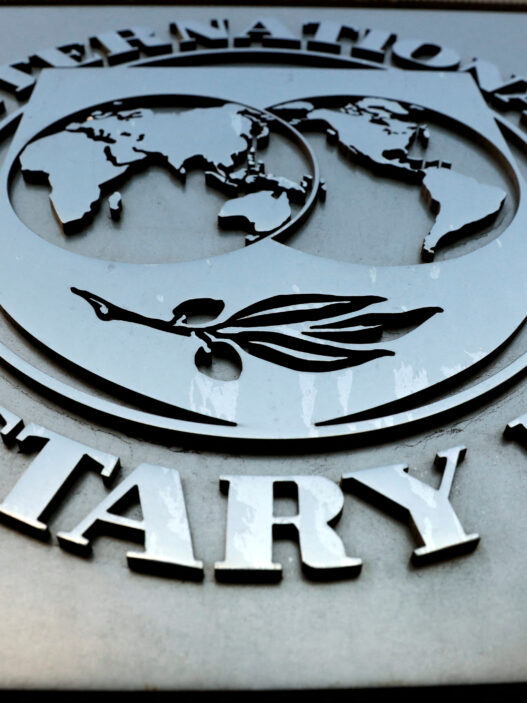The Unexpected Twist in Japan’s Inflation Tale
Powered by MasterCFA.com
What Happened?
Japan’s core consumer prices rose by 2.4% in September compared to the previous year, marking a slowdown from August’s 2.8% increase. This deceleration is primarily attributed to the government’s temporary subsidies aimed at curbing energy prices. The core consumer price index (CPI), which includes oil products but excludes fresh food prices, slightly exceeded market expectations of a 2.3% gain.
Why Does This Matter?
Impact on the Economy:
The slowdown in inflation could have significant implications for Japan’s monetary policy and overall economic strategy. It may influence the Bank of Japan’s (BOJ) decisions on interest rates and other monetary tools, potentially affecting currency values, trade balances, and investment flows.
Personal and Business Effects:
For Japanese households, slower inflation might provide some relief in terms of living costs, especially with energy subsidies in place. Businesses, on the other hand, may need to reassess their pricing strategies and cost structures in response to changing inflationary pressures.
Economic Theories Come to Life
Theoretical Concepts in Action:
Economic Theories Showcased:
- Phillips Curve: The relationship between inflation and unemployment is being tested in Japan’s current economic climate.
- Monetary Policy Transmission: The BOJ’s interest rate decisions and their impact on inflation demonstrate this concept in action.
- Government Intervention: The use of subsidies to influence prices illustrates the effects of fiscal policy on inflation.
Real-World Application:
The Phillips Curve theory suggests that lower unemployment leads to higher inflation. However, Japan’s case presents a unique scenario where despite low unemployment rates, inflation has been persistently low for years. This real-world example challenges the straightforward application of the theory and highlights the complexity of modern economies.
The BOJ’s monetary policy decisions, such as ending negative rates and raising short-term rates, showcase the Monetary Policy Transmission mechanism. The central bank is attempting to influence inflation through interest rate adjustments, demonstrating how theoretical tools are applied in practice to achieve economic goals.
The government’s use of energy subsidies is a clear example of fiscal policy intervention. Historically, such measures have been used in various countries to control inflation during oil price shocks, such as in the United States during the 1970s energy crisis.
What Could Happen Next?
- Continued Policy Adjustments: The BOJ might fine-tune its monetary policy based on inflation trends and global economic conditions.
- Wage Growth Focus: There could be increased emphasis on boosting wages to support sustainable inflation.
- Global Economic Influences: External factors like global commodity prices and trade relations could impact Japan’s inflation trajectory.
Why You Should Pay Attention:
Understanding inflation dynamics is crucial for making informed financial decisions. For instance, if you’re considering investments in Japanese markets or currency, being aware of these trends can help you anticipate potential market movements. Moreover, grasping the interplay between government policies, central bank actions, and economic indicators can enhance your ability to analyze similar situations in other economies, giving you a competitive edge in global financial analysis.
Questions to Ponder:
- How might prolonged use of energy subsidies affect Japan’s long-term economic stability?
- What lessons can other countries draw from Japan’s experience with inflation targeting?
- How does the aging population in Japan influence its inflation dynamics compared to other developed economies?
- In what ways could global supply chain disruptions impact Japan’s inflation outlook?
- How might the BOJ’s policy decisions affect international currency markets and global trade?
Keep Learning with MasterCFA: Staying informed about inflation dynamics and their economic impacts is essential for any budding analyst. Dive deeper into these topics to enhance your understanding and prepare for the CFA Exam. Explore more insightful articles and resources with MasterCFA to stay ahead in your finance career.















